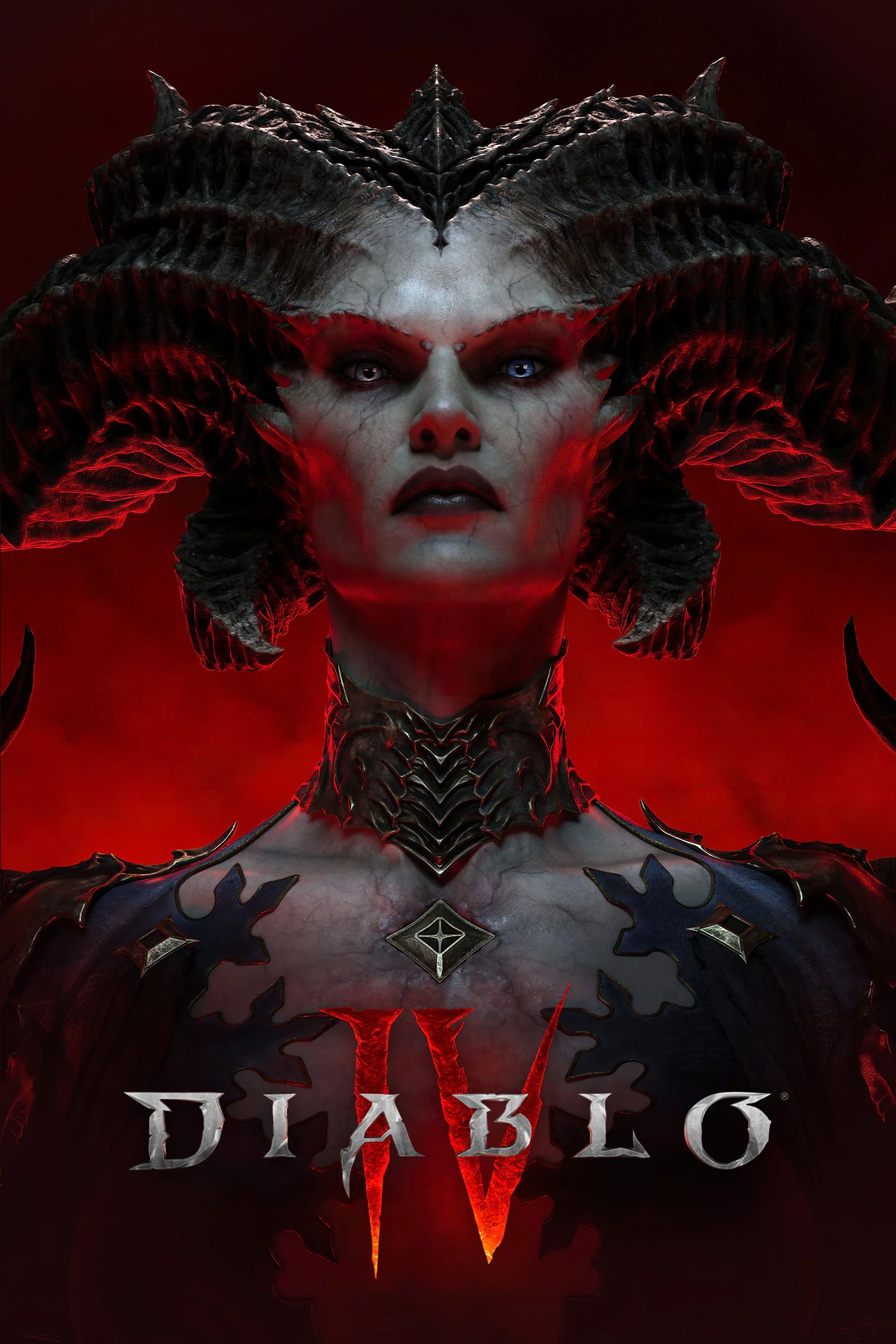The passing of the torch for major villains is always a tricky road to navigate, and that’s something Blizzard and Diablo 4 are discovering with the exit of Lillith from its canonical timeline. Although it’s said that demons never die — a point the Diablo franchise has driven home by reprising defeated characters — it’s fair to say that Diablo 4 has turned the page on the Queen of the Succubi for the foreseeable future. Mephisto picked up the reins of the vacant “big bad” position after her exit, but a rather controversial climax to the Vessel of Hatred’s storyline has left the title in need of some spice. In light of this, Diablo Immortal‘s roadmap of introducing the feared Lord of Terror might be worth exploring in Diablo 4.
While Diablo 4‘s commercial successes can’t be understated, with impressive sales numbers and a sizable concurrent player base keeping the title relevant in the vast gaming landscape, there’s been a growing sentiment that the Blizzard product is missing the X-factor that previous franchise installments showcased. Some of Diablo 4‘s seasonals (Season of Blood and Loot Reborn, for example) have found it difficult to excite, and the Vessel of Hatred expansion, despite the initial positives, ended on a sour note with Mephisto’s rebirth and possible reprisal in the next DLC. Given the strong reaction to the cliffhanger, Blizzard needs to rethink its strategy for future expansions, and a return of Al’Diabolos, Diablo himself, like in Diablo Immortal could be the answer.

Related
Diablo 4 Season 7 Could Be Hinting at a Future Class Addition
With Vessel of Hatred hype beginning to settle, Diablo 4 Season 7’s seasonal mechanic could serve as the perfect way to tease the next new class.
Blizzard Needs to Bring Out its Big Guns in Future Diablo 4 Expansions
It’s worth noting that
Diablo Immortal
and
Diablo 4
exist in separate bubbles on the canonical timeline.
Diablo Immortal‘s events take place between Diablo 2 and 3, set five years after the second installment’s storyline. With this in mind, the Lord of Terror’s addition to the mobile game shouldn’t come as much of a surprise. The series’ antagonist served as the “big bad” in Diablo 2, and although the focus shifted to Malthael in Diablo 3, the Prime Evil still played a major role by tearing Heaven apart. As such, Blizzard bringing the franchise villain into the fold in Diablo Immortal was a necessary step to line up with the mainline series.
His addition in Diablo Immortal highlights his continued absence in Diablo 4 as a conspicuous oversight. After Lillith’s exit earlier in the latest edition’s storyline, many assumed Al’Diabolos would make his return after the page flipped to Mephisto’s role as big bad. The theory was supported by the experience of previous Diablo title expansions where one villain takes over as the DLC’s focus, gets defeated to wrap up the plot, and another headlines the next content release. Instead, Blizzard opted to explore a different approach to its narrative in Vessel of Hatred.
There had been rumors that Diablo would return to the mainline franchise in the coming expansions, especially after players saw a vision of the Prime Evil after defeating Lillith. As it stands, the main antagonist is yet to feature in Diablo 4‘s plot, which is a divergence from the formula previous titles in the series employed.
Blizzard may have wanted to try something new, but with the divisive reaction to Vessel of Hatred, the developer may want to play it safe and bring back the star of the show soon. Diablo Immortal has already laid the groundwork for his potential return, and although the role he’s going to play in the mobile game is still unclear, the mainline series could take a page out of its playbook to inject some much-needed energy into Diablo 4‘s veins with one of the strongest characters in the Diablo universe.













Leave a Reply